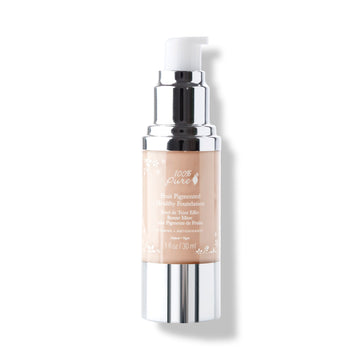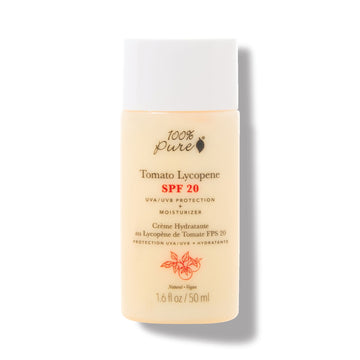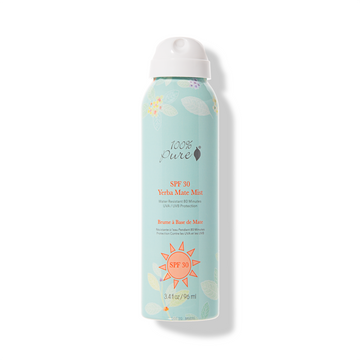The fine line between bronzed summer skin and adequate sun protection
Written by: 100% PURE®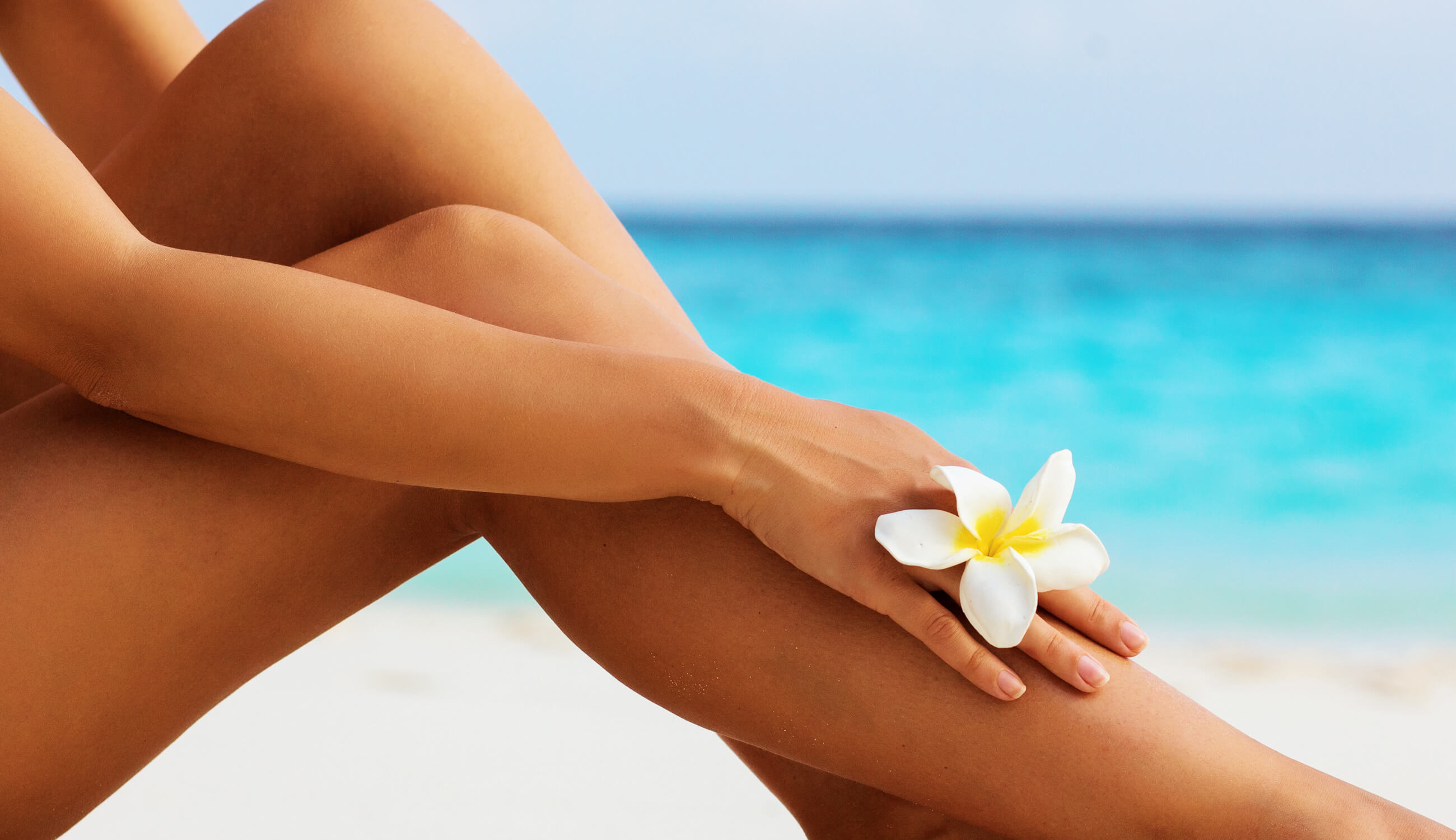
With the onset of summer each year, we’re faced with a perennial problem that leaves many of us scratching our heads: to TAN, or NOT to tan? How do we balance the cognitive dissonance of wanting a tan, but also wanting to keep our skin protected? It’s a push-n-pull between instant gratification and long-term sun protection, but luckily there are a few ways around the issue.
What we’re tackling today is the modern summer beauty conundrum: is there a safe way to get a summer tan?
Before we dive in, it’s important to refresh our memories. What exactly IS a tan? The first point to get out of the way is that there’s no such thing as a 100% safe tan. There are MORE safe tanning methods and LESS safe tanning methods, but at the end of the day, a tan is an increase in skin pigment called melanin in your epidermal layer, and it’s the result of exposure to UV rays.
When skin is damaged due to this exposure, the increase in melanin is a natural protective mechanism activated by your body, in an attempt to shield your skin from further damage. Tans may develop in the 48 hours after UV exposure, and they signal that there has been at least minor cellular damage in the epidermal layer.
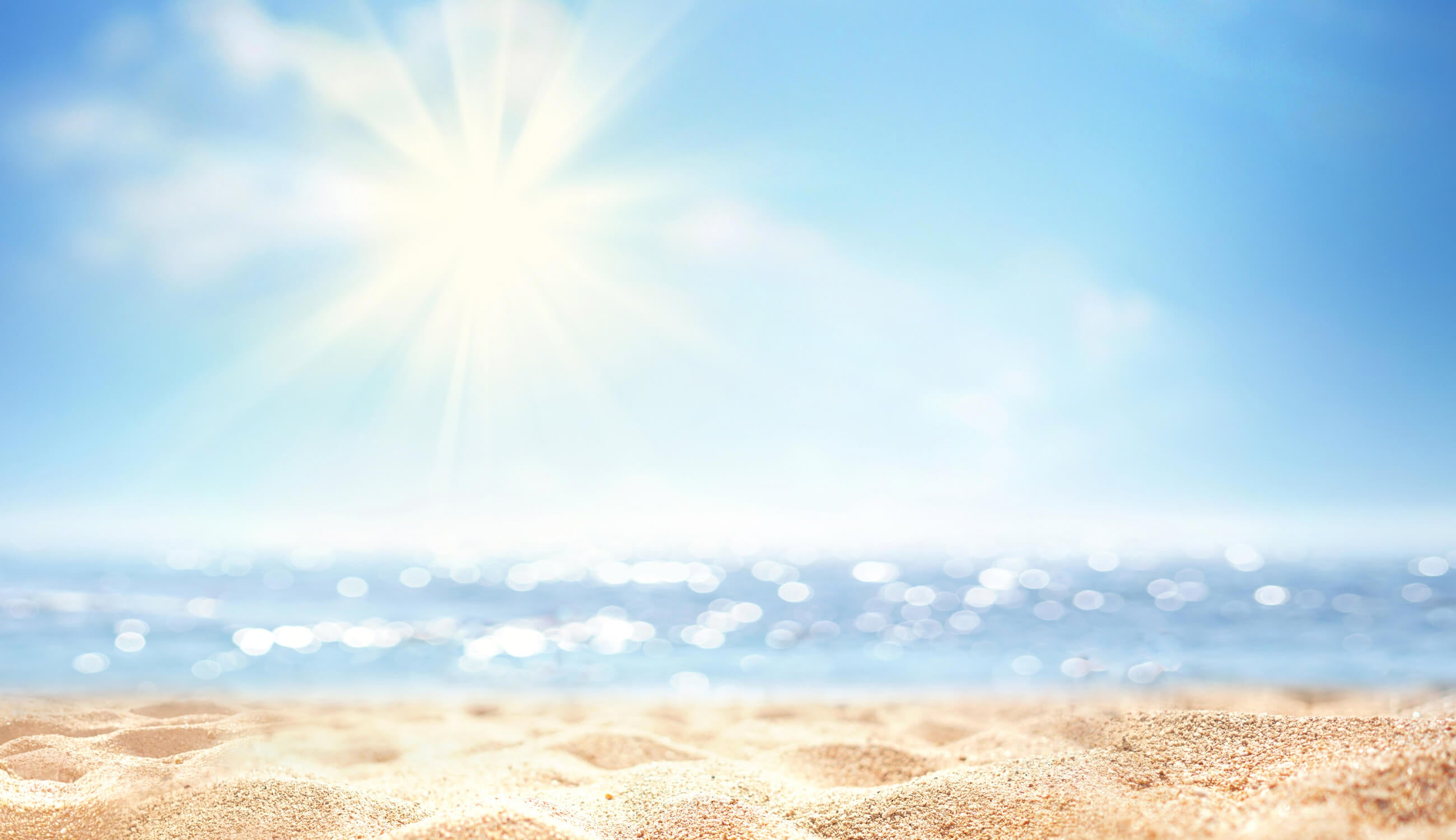
Tans affect skin health over time, in the same way that any UV exposure does. Frequent unprotected tanning increases your chances of developing melanoma, the deadliest form of skin cancer. What’s more, tanning rapidly increases the rate at which your skin ages, causing premature wrinkles and fine lines, a loss of collagen, and a leathery appearance. Other side effects include age spots and freckling, and clinical dryness.
In terms of internal health, UV exposure can leave you with a weakened immune system, dehydration, serious damage to your eyes, and a compromised lipid barrier (which forms a protective layer between your skin and the elements). Then there’s the fact that UVA and UVB rays compromise hair health. With frequent exposure, hair will experience protein loss and a reduction in keratin, meaning brittle strands and more breakage. Definitely not what you’re going for when you’re trying to channel inner summer goddess.
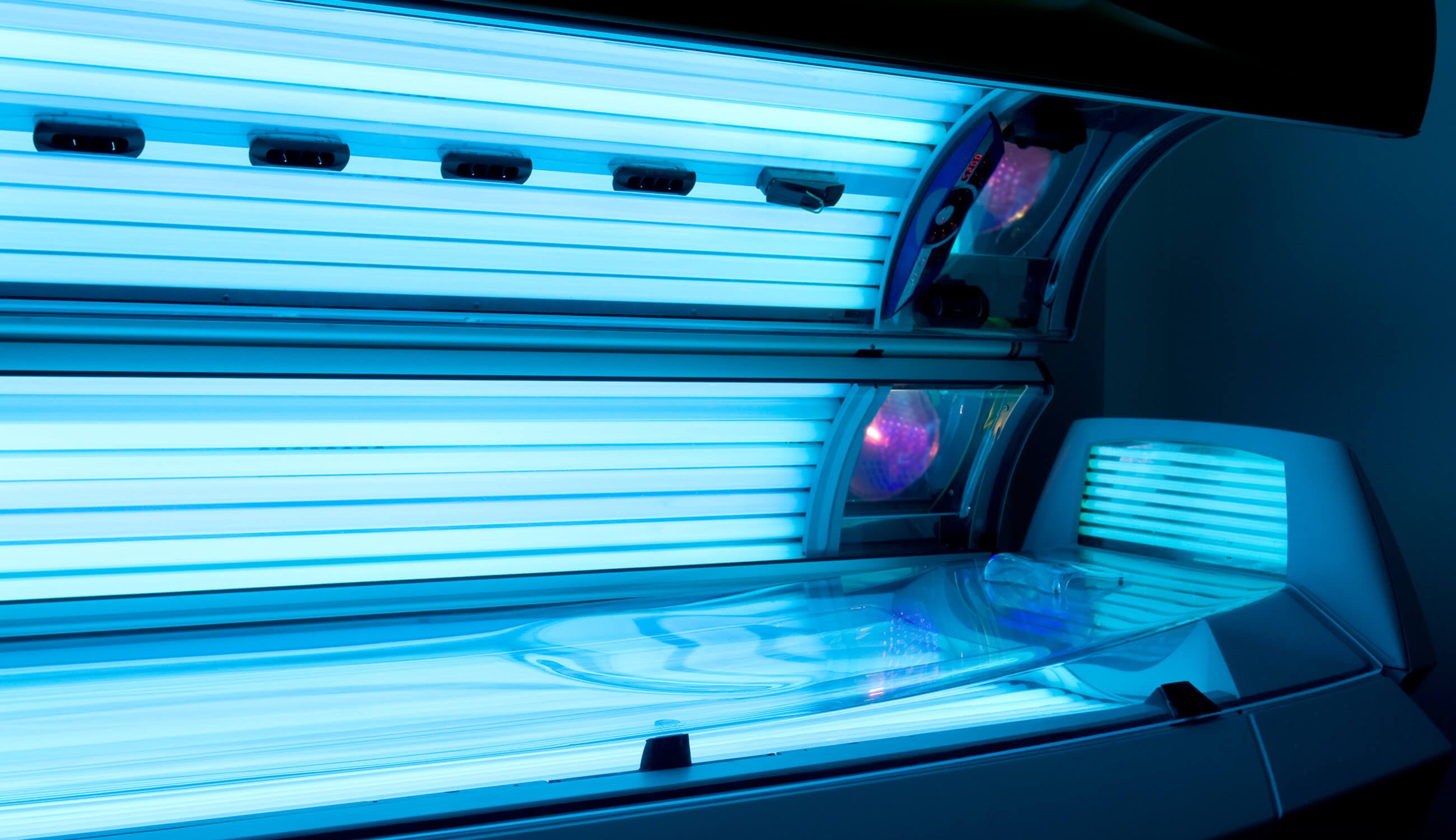
Short answer: they’re classified as a Group One Carcinogen, meaning they fall into the same category as cigarettes. In a short term sense, heading to a tanning bed for even five minutes can leave you with serious burns, exacerbated areas prone to aging (think hands, neck, fragile decollage, eye area), and exposure to both UVA and UVB rays.
A tanning bed lamp can emit up to fifteen times more radiation than a session in the natural sun. So typically, the cellular damage will be much more extreme with frequent sunbed sessions than from the occasional day at the beach sans sun protection (but don’t do that either). Long term damage from sunbed use is the same as long term damage wrought by outdoor tanning: both habits will leave you vulnerable to developing skin cancer, and will offer up tan, albeit prematurely aged skin.
Although sunless tanning lotions brands themselves as the UVA and UVB free way to get a tan, they aren’t necessarily a safer alternative overall. Drugstore self-tanning formulas typically contain a chemical called dihydroxyacetone, or DHA. DHA interacts with the amino acids in your skin to create a darkening effect, but the catch is that it’s also absorbed through your pores, into your bloodstream. Studies have linked the absorption of DHA to increased free radical damage and disruptions to your skin cell DNA. The verdict is that more research is needed before DHA can be declared safe.
All of this sounds pretty dire, we admit. In spite of the risks, a natural tan in the summer months can look healthy, sunkissed, glowy – all of the adjectives you might use to describe the bronzed and/or darker and deeper version of yourself that you aspire to in warmer months. So that leaves us with one, final, burning (too soon?) question.
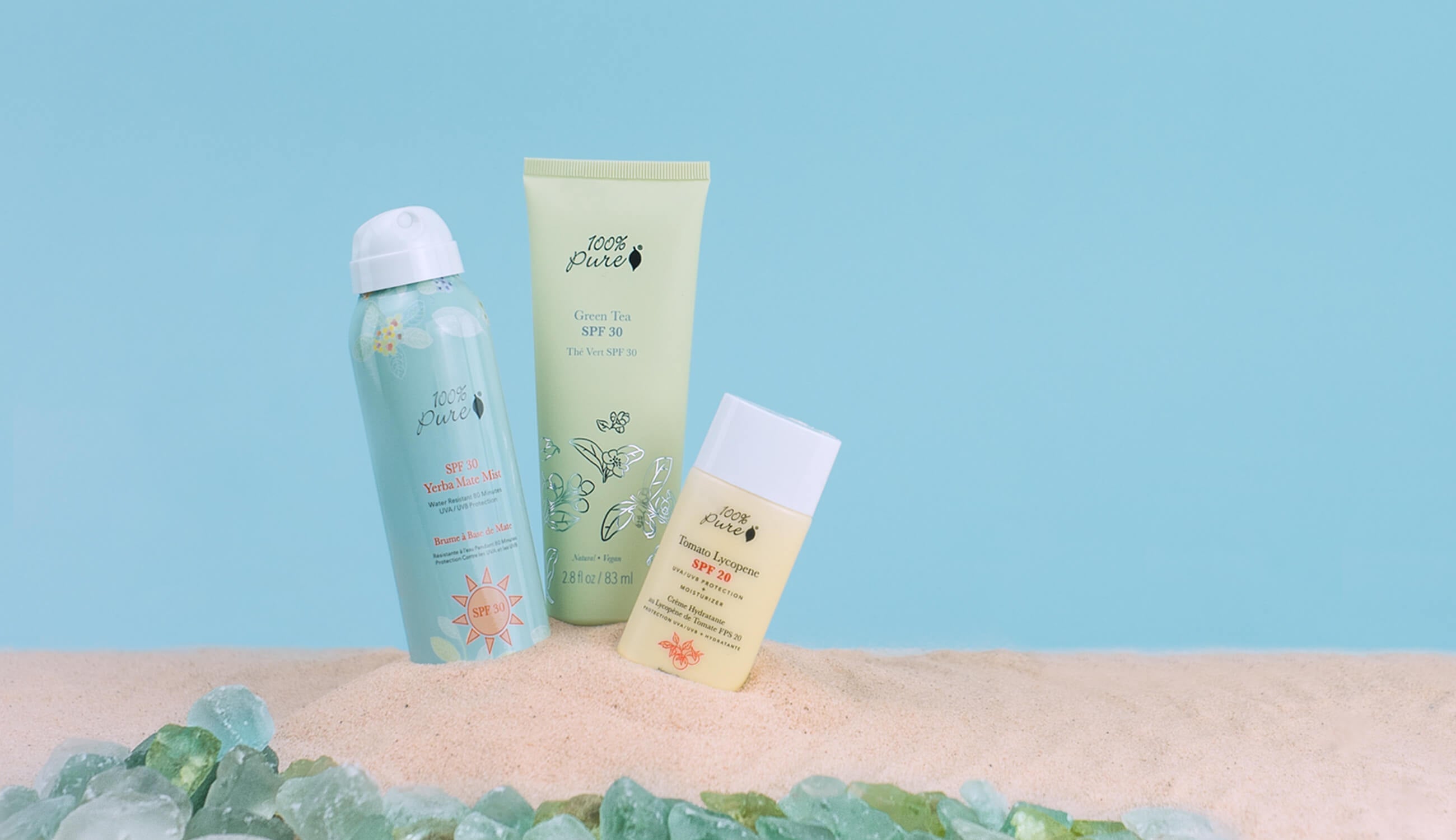
The answer is yes, kind of, if you do so wisely and in moderation.
The name of the game here is sun protection, even if you’re looking to get a little bit of color. Apply a sunscreen with 30 SPF or higher – bonus if it’s a plant-based product like our Yerba Mate Mist. Our spray formula means that you get light, even coverage, which will protect your skin from dangerous rays while still allowing you to develop some natural color.
PRO TIP: For face, layer on some Tomato Lycopene SPF 20. Apply under a tinted moisturizer or foundation that’s infused with minerals zinc oxide and titanium dioxide, to keep skin protected while still allowing for a hint of color.
The next tactic has to do with your environment. If you’re trying to get a safe tan, make your foray into the sun short and sweet. Extended sun exposure isn’t going to make your tan darker, but it is going to put you at risk for burning and sun rash. The sun is hottest between 10am and 4pm in the summer months, so make sure you’re wearing sunblock if you’re out and about in this time window.
Make wide brimmed hats, umbrellas, and loose white clothing your best friend. You’ll look chic and beachy, and will still be able to snag slices of sun while primarily staying protected for the majority of the time.
No sunbeds.
No tanning oils (which essentially absorb UVA and UVB rays to literally fry your skin).
No more than 2-3 hours in the sun (even with SPF) without a break. It’s important to remember that there’s only a limited amount of melanin that your skin can produce. Spending all day with exposed skin at the beach is going to reap serious damage, and won’t get you any deeper of a tan than you’d get after an hour or two. Your skin has a limit, and it’s important to respect it!
TLDR: respect your skin, be smart about strategic exposure, and always stay protected with a good mist-on sunblock all over your body. You’ll be left with safe and sustained color, while protecting yourself from photoaging and UV damage.
Keep up with us here for more summer beauty guides!
We carefully hand-select products based on strict purity standards, and only recommend products we feel meet this criteria. 100% PURE™ may earn a small commission for products purchased through affiliate links.
The information in this article is for educational use, and not intended to substitute professional medical advice, diagnosis, or treatment and should not be used as such.









